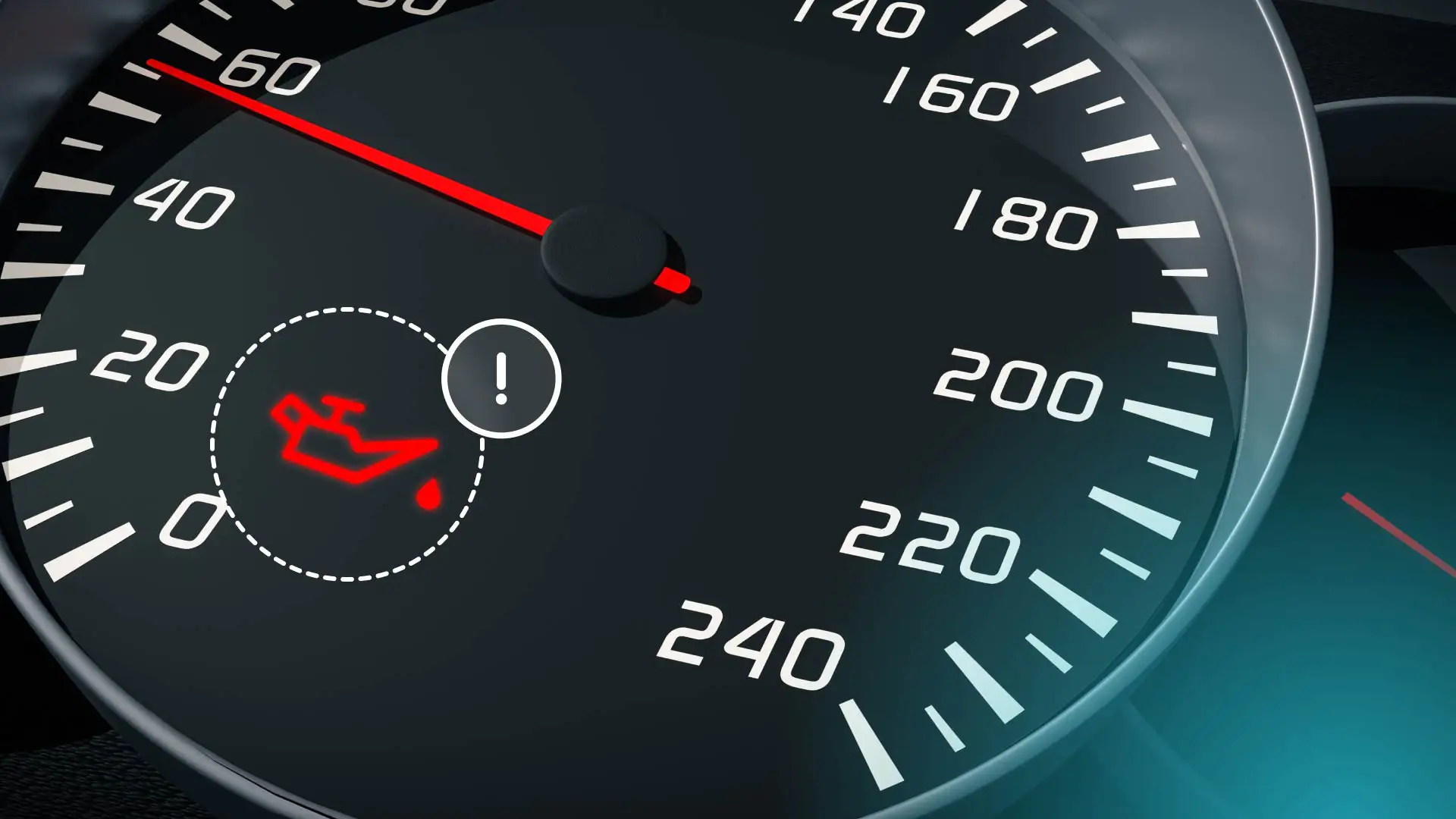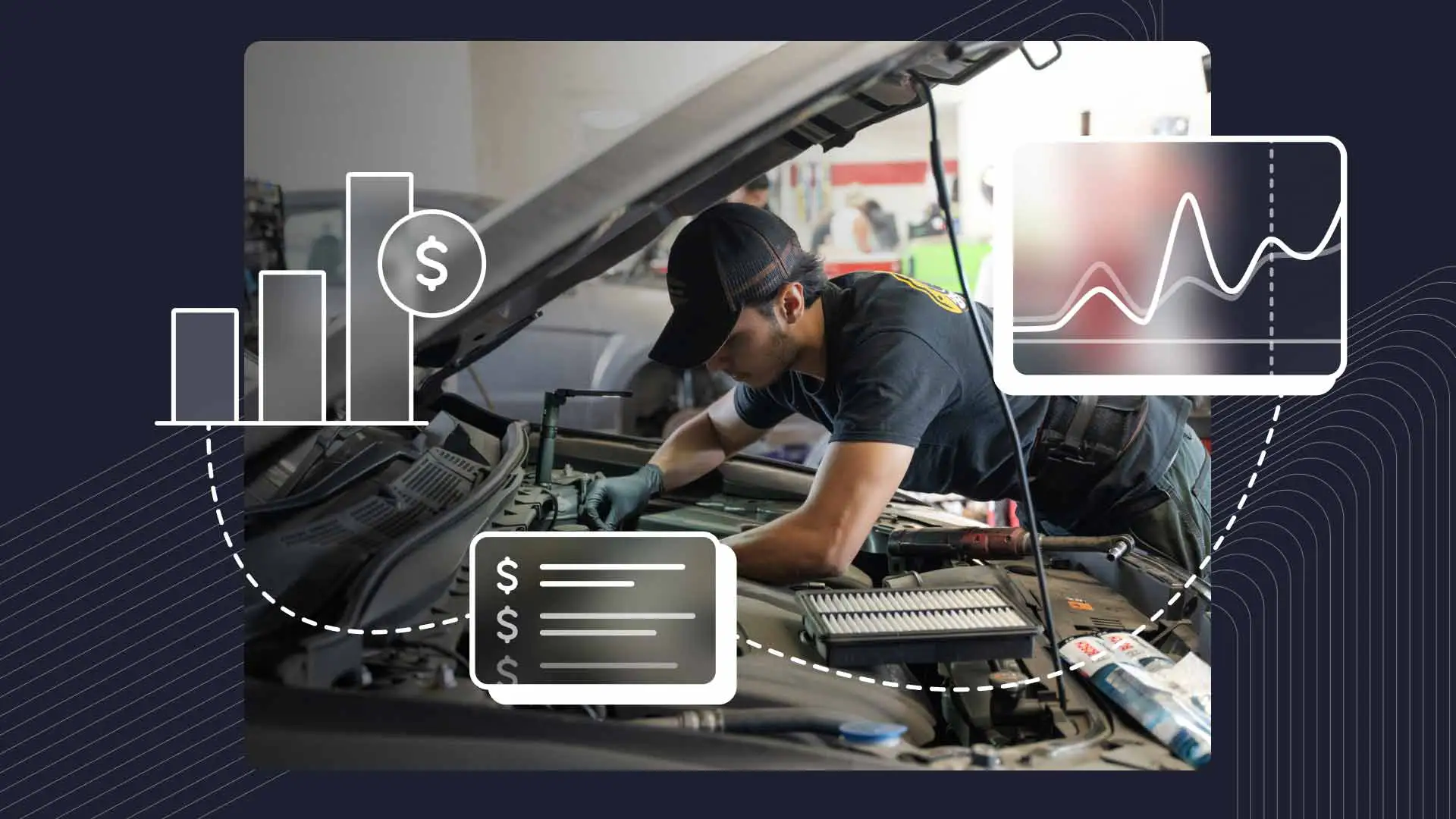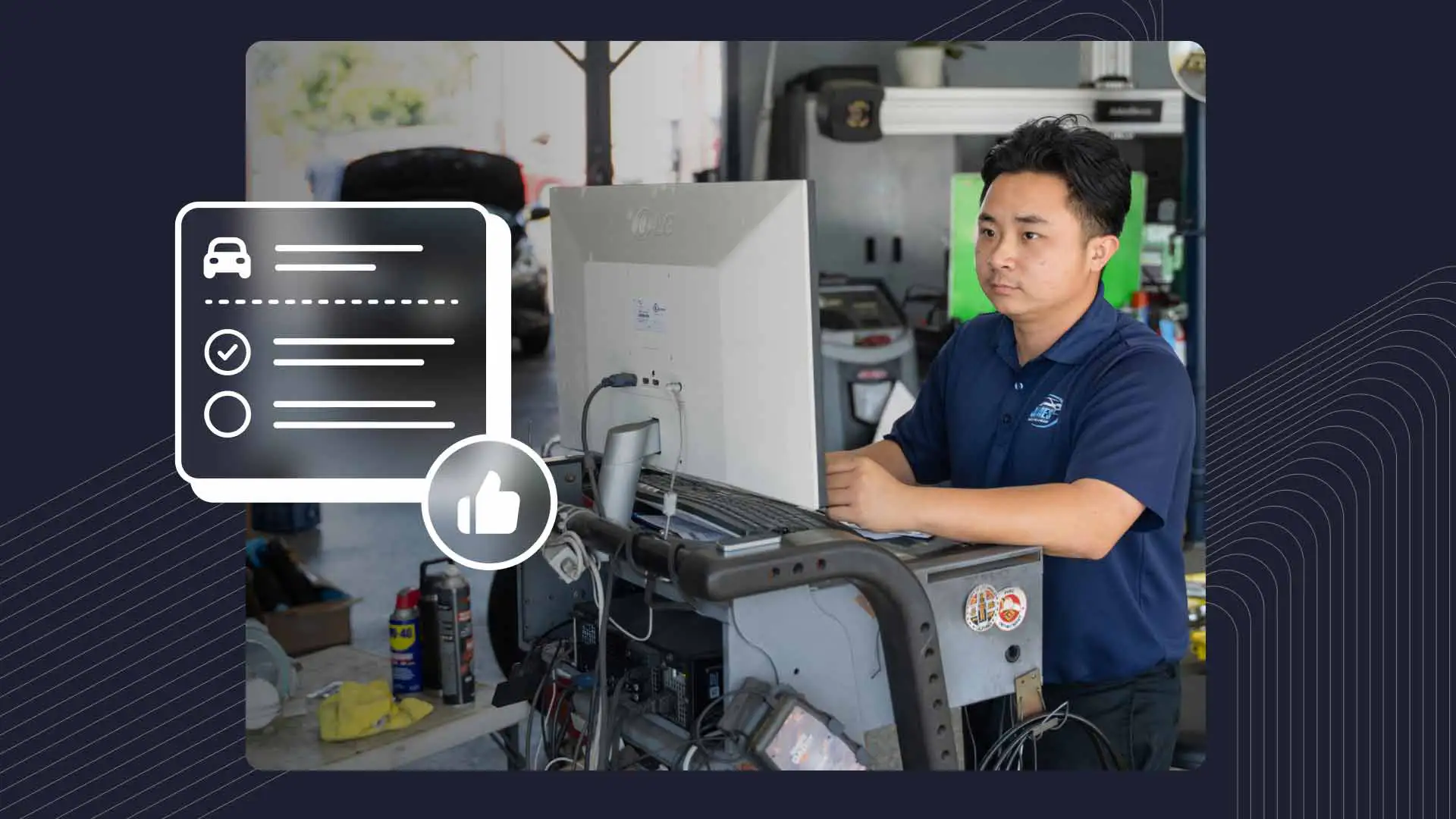Oil changes put the “routine” in routine maintenance. They’re quick, straightforward, and typically go off without a hitch.
But sometimes an uninvited guest shows up afterward: the dreaded check engine light.
While it may be unexpected, it’s not uncommon. In fact, there are several reasons why you could be seeing the check engine light after an oil change, and fortunately, most are easy to resolve; the key is to address the issue immediately to prevent any future engine damage.
So, let’s take a look under the hood to explore why the engine light comes on after an oil change, and what you can do to straighten out the problem.
Common Causes & Solutions
Loose or Incorrect Oil Fill Cap: The oil fill cap helps maintain the correct pressure inside the engine while also keeping dirt and debris out. If the cap isn’t securely tightened or is in the wrong position, it could cause a vacuum leak. Loose oil cap symptoms include the check engine light coming on, along with misfiring, loss of engine power, and poor fuel economy. The fix is simple: Double-check that the cap is tightened properly and in the correct position.
Sensor Reset: The oil change process may have disrupted some of the car's sensors or electrical connections, causing a temporary issue that would trigger the check engine light. Try driving the car for a few miles. If the light doesn’t reset itself, you might have to consider other possibilities.
Incorrect Oil Type or Viscosity: Oils come in different weights, grades, and viscosity levels. The wrong type of oil can affect a vehicle’s performance and even damage the engine. It could also set off the check engine light. If you notice a loss of power, strange noises coming from the engine, or an oil leak, check the car’s manual to make sure you’re using the correct oil.
Oil Pressure Sensor Malfunction: Today’s vehicles have sensors that monitor oil levels and oil pressure. Sometimes, these sensors can misfire and send incorrect readings to the vehicle's computer after an oil change. This could cause unusual noises and reduced engine power, and trigger the check engine light. Use a diagnostic scanner to check for any codes related to the oil pressure sensor. If it's faulty, you'll need to replace it with a new unit.
Clogged Oil Filter: A clogged or improperly installed oil filter can restrict the flow of oil. When something’s wrong with the oil filter, symptoms can include strange engine noises, reduced performance, and an illuminated oil pressure warning light. Replacing the oil filter regularly, and making sure it’s properly installed and tightened, should solve the problem. And always use the correct oil filter for the vehicle’s make and model when changing the oil.
Air Leak in the Intake System: During an oil change, certain components of the intake system may be inadvertently disconnected or damaged, resulting in air leaks. This can cause the check engine light to come on, along with a rough idle and, again, reduced engine power. Thoroughly inspect your intake system for any loose connections or damaged hoses, and either tighten or replace them as needed.
Other Underlying Issues: Sometimes, the check engine light can be a sign of something more serious, like a malfunctioning mass air flow sensor, issues with the catalytic converter, or transmission problems. For example, if dirt, debris, or the wrong type of fluid accidentally gets into the transmission system, it can contaminate the transmission fluid. Flushing the transmission and replacing the fluid might fix the problem, but if there’s any internal damage, more extensive repairs may be needed.
Early Warning Signs to Watch For
The check engine light isn’t your only red flag indicating a potential problem with the vehicle. Keep an eye out for these other warning signs:
Oil Pressure Warning Light: Many people mistake the oil change sign on the dashboard for just that, but the light with the oil can symbol actually appears when the oil temperature is too high or the oil level is too low. It can also signal low oil pressure, which means the engine isn’t getting enough lubrication to run smoothly. If the issue isn’t addressed quickly, it can lead to increased friction, overheating, and potentially serious engine damage.
Unusual Engine Noises: Any unusual sounds–knocking, ticking, grinding, etc.–are the engine’s way of telling you something’s wrong. Knocking or pinging noises could be a sign of low-quality fuel or the ignition timing being off. Ticking could mean the oil levels are low, or that a lifter is failing. And grinding is often the result of worn bearings.
Reduced Engine Performance: Loss of power, sluggish acceleration, or difficulty starting the engine can all be signs of trouble. The culprit could be anything from damaged spark plugs to a clogged air filter to a faulty fuel injector. However, if the engine seizes after an oil change, more extensive repairs may be needed. This could happen if the engine was starved of oil, or the wrong oil was used, and often points to a critical engine failure.
Oil Leaks: Visible oil leaks are an obvious sign that something’s off. Different fluids have unique colors and textures, so it shouldn’t be hard to distinguish oil, which is usually brown, caramel, or amber, from something like coolant or transmission fluid. The bottom line is leaks can lead to low oil pressure and severe engine damage if they’re not addressed ASAP.
Changes in Fuel Economy: If the car’s consuming fuel quicker than usual, that could be another tip-off that something’s amiss. Common causes may include a dirty air filter, problems with the fuel system, or tires that are over or under inflated. As long as they’re detected early, most of these issues can be easily fixed.
Running Smoothly After an Oil Change
While seeing the check engine light after an oil change can be unnerving, the causes are often easily resolved. It could just be a loose oil cap, an oil sensor issue, or forgetting to reset the engine’s oil change indicator. Think of an illuminated engine light after an oil change as your opportunity to address issues early on and prevent more serious problems down the road.
And to keep cars running smoothly through your shop, consider Shopmonkey’s specialized oil change software. Request a demo today and see firsthand how this intuitive platform can help your quick lube service shop achieve peak performance.




